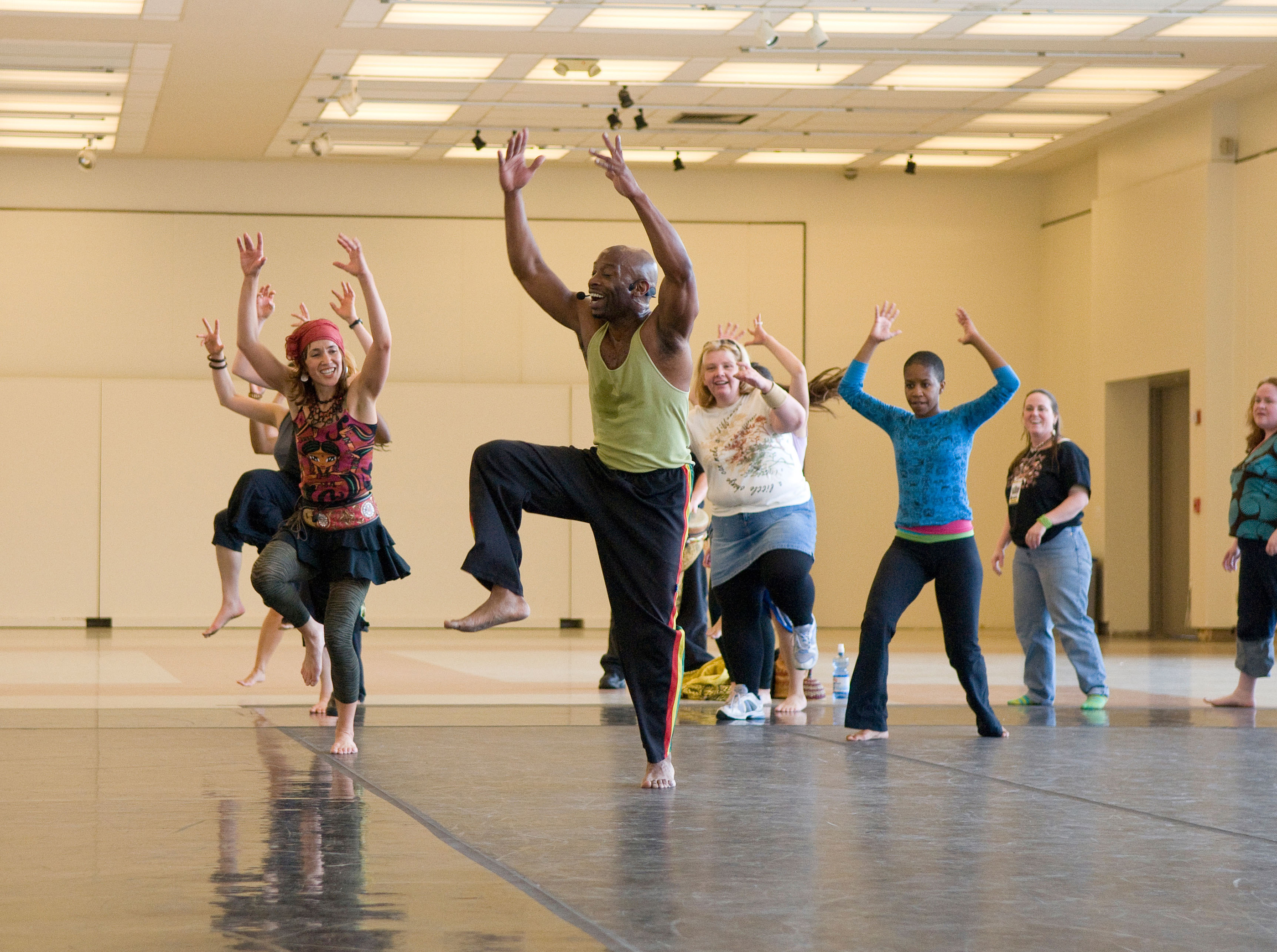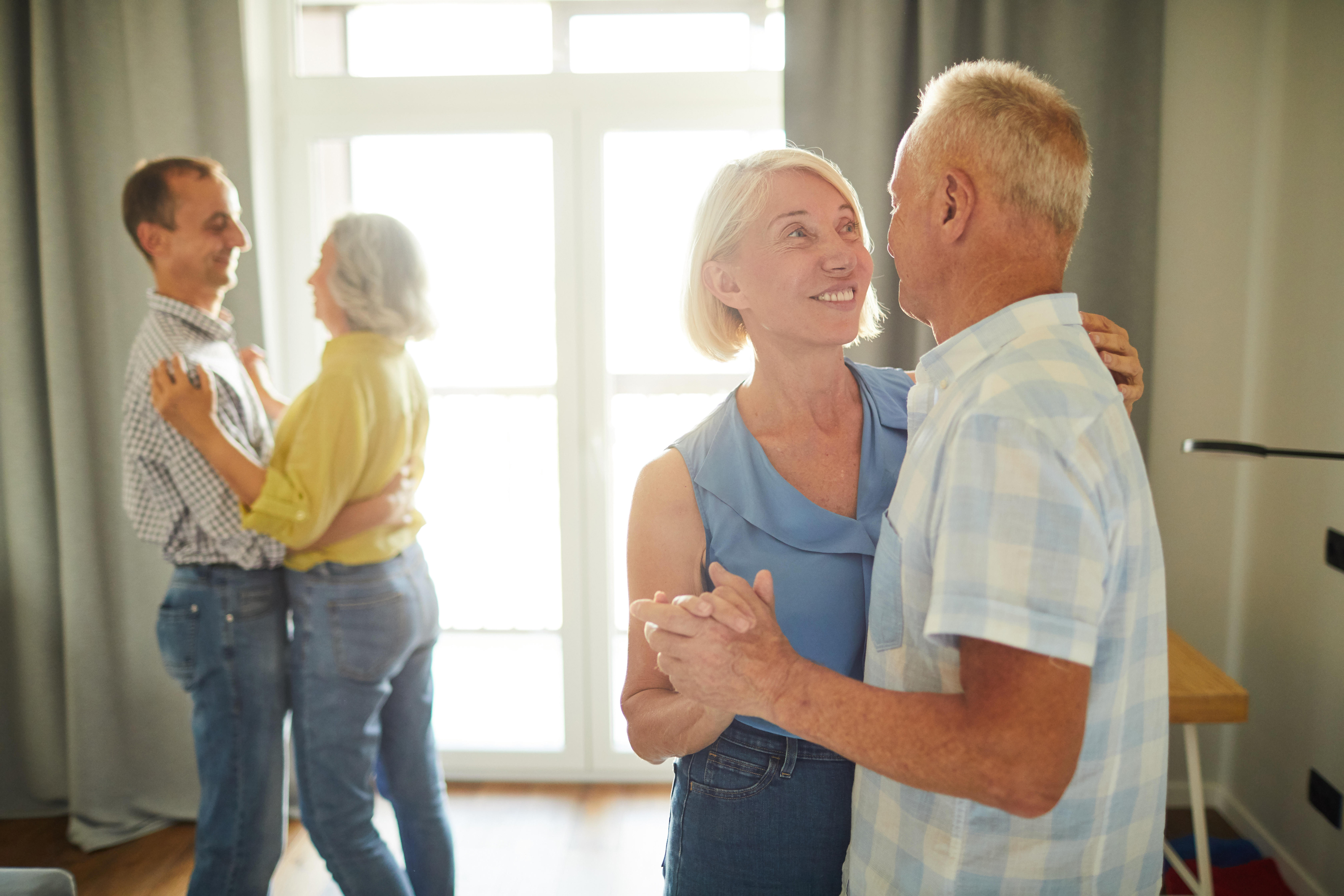
Has watching celebrities waltz, quickstep and tango around the dancefloor every Saturday night made you wonder how you’d fare as a contestant on Strictly Come Dancing?
If the glitzy competition has got you in the mood for dancing, there are lots of reasons to start shimmying – whatever your age or ability.
In fact, former Strictly champion Ore Oduba is supporting the Move Into Christmas campaign with care home provider Anchor, aiming to get older people dancing.
The TV presenter says: “The thing about dance is that it just makes you feel good, and it can really benefit your physical, mental and social wellbeing.”
There are plenty of opportunities to learn, with ClassPass revealing dance sessions have entered the top 10 most popular activities booked via the site for the first time this year.
Ahead of the Strictly final, pro dancers explain everything you need to know about taking up dancing as a hobby…
How does dancing improve your health?
There’s a reason couples on Strictly are out of breath when doing their post-performance interviews.
“Dancing increases your aerobic power and strength,” says dancer and instructor Natalie Simmonds from VAHA, the UK’s first home interactive fitness mirror.
“It helps improve your balance, your posture, your flexibility – so in turn, if you’re older, it can help prevent falls, and then if you’re younger, it can help reduce any pain or stiffness you might feel from doing other activities.”
Doing dance classes alongside other fitness activities can be beneficial, because it “tones up your body in a much more natural way than many other activities, because you’re using muscles you didn’t even know existed”, explains Joelle D’Fontaine, dancer and founder of At Your Beat studios.
What are the wellbeing benefits?

“The joyful thing about dance is you’re not trying to see the physical gains, you’re just trying to have fun – and the gains are secondary. Because of this mindset, the need for ‘slimming down’ is removed – and this is great for your mind, body and your soul,” says D’Fontaine.
Just like with other forms of exercise, dancing might have “a positive and profound impact on depression, anxiety, ADHD, loads of things like that”, Simmonds suggests, plus it can impact cognitive function.
“It helps to improve your memory because you’ll be starting to remember steps and repeating them,” she adds. “It boosts your overall mood, even if you just put music on at home.”

If you dance with others, you could reap the social rewards and help fight loneliness.
D’Fontaine says: “Finding a ‘dance family’ can change that around and completely help with uplifting and diversifying your social circle, with new friends helping you come out of your shell.”
Whether you’re with a partner or not, the social aspect can increase your self-esteem, too. Simmonds adds: “You can see a different confidence in people who go dancing regularly.”
Any tips for beginners?

“The best way to begin is to pop your favourite song on at home and just start moving your body to it, and then start to embrace that into your lifestyle as much as you can,” says Simmonds.
She suggests it’s a myth people have ‘two left feet’: “Actually, these are things we learn. We can be taught rhythm, we can be taught coordination, how to step to the beat and all these things.”
When it comes to ballroom, some dances are “more intricate and therefore you would need more lessons to really start to get your head around them”, but for beginners try the foxtrot, the rumba and waltzes, because they are “quite simple when broken down”.

D’Fontaine recommends trying a beginner-level cardio dance class. “This way there is no complex choreography, and you can just get used to your body moving with music and with a follow along aspect – then move onto more classes when you’re feeling the fantasy,” he says.
And remember dancers are friendly folk: “When you’re in that first dance class, look to whoever is beside you just say, ‘Hello, this is my first class’. They will support you,” says D’Fontaine.
Once you’ve got the hang of the basics, you could try “harder types of classes, for example, heel classes, Afrobeat classes or jazz classes”.
